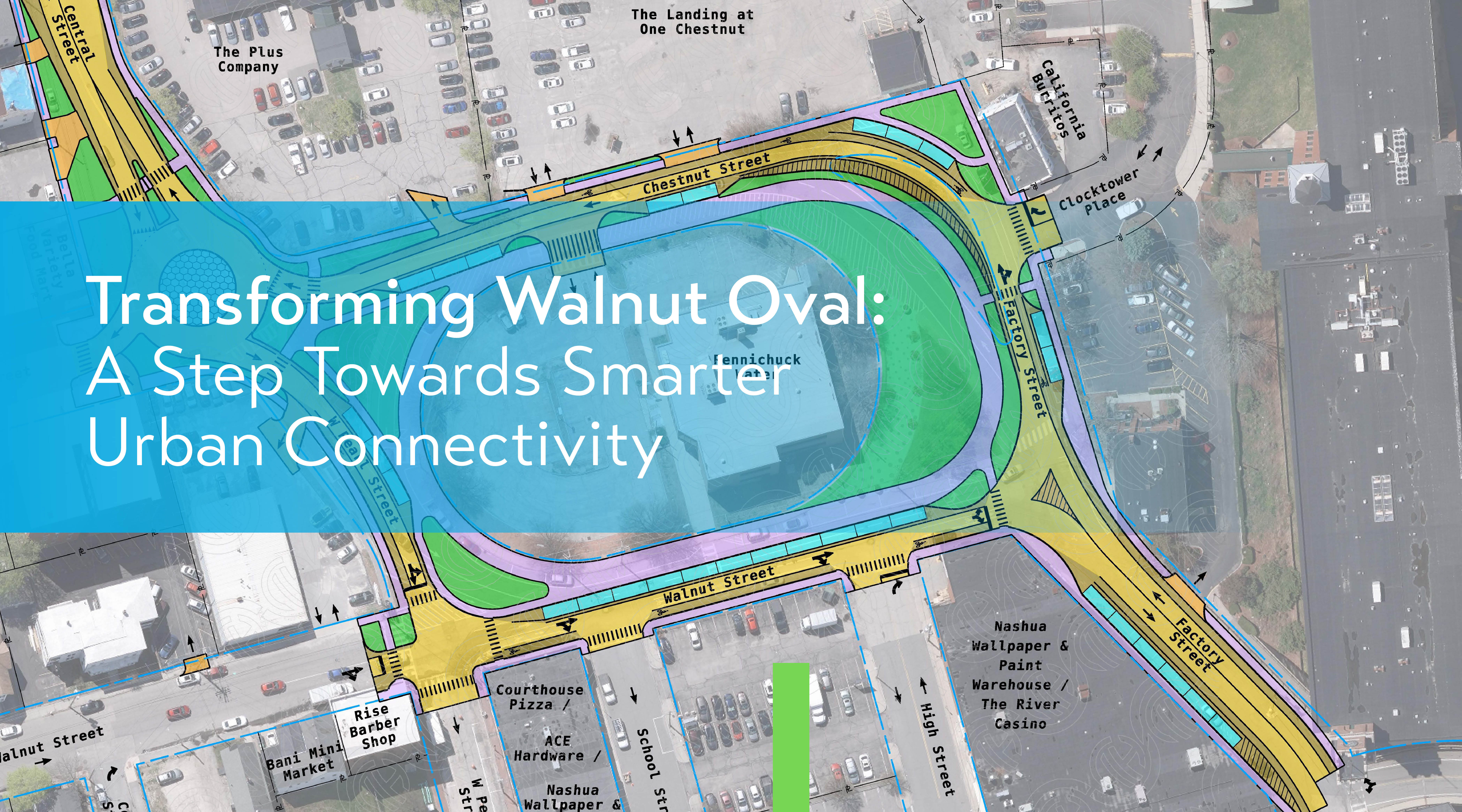
In Part I of this series, we introduced advanced air mobility (AAM) and who in the industry is already working on improving/enhancing aircraft (and airport design). In Part II, we talked about planning for AAM on both a national and state level, and what it could look like to include it in your airport’s master plan.
Now we break down how this complementary mode of transportation benefits society and improves equity – and where the money comes from to bring those benefits to fruition.
What’s In it for Society
AAM and urban air mobility (UAM) represent emerging technologies under development that are potential and perhaps inevitable solutions to the ongoing transportation challenges accompanying population growth. Here are some ways that AAM/UAM can improve our transportation system:
- Reduce traffic congestion by providing an alternate mode of transportation.
- Reduce travel times by making more direct routes, i.e. flying over traffic jams.
- Contribute to a reduction in greenhouse gas emissions and air pollution by replacing traditional gas-powered vehicles.
- Improve accessibility to remote areas that are challenging to reach with our current transportation system. These benefits are most seen with emergency response, medical transports, and connections to rural areas.
- Enhance connectivity between cities and regions to promote cultural and economic exchange.
- Improve disaster response and relief by providing the quick transportation of personnel, supplies, and equipment to affected areas.
- Stimulate economic advancements by creating new industries, job opportunities, innovations, and technologies.
- Reduce noise pollution compared to traditional modes of transportation.
How UAM Can Improve Equity in Transportation
Accessibility: As mentioned above, a benefit to society is improving accessibility to remote or underserved areas where traditional transportation systems are lacking. Connectivity to rural, hard-to-reach areas can provide people in these communities with opportunities for education, employment and healthcare that they otherwise wouldn’t have access to.
Environmental Justice: UAM/AAM technologies are typically being developed with electric and environmentally-friendly propulsion systems which will potentially have a positive impact on the communities that are at a higher risk of the health issues associated with air pollution.
Inclusivity: As the development of AAM and UAM vehicles progresses, a focus will be on ensuring that the design is accessible to people with diverse mobility needs which includes considerations for people with disabilities and the elderly.
As the technology advances and becomes more widespread, the goal would be to make it more affordable to a broader segment of the population which is a key factor in ensuring equity in transportation.
Competing vs. Complementing Existing Modes of Transportation
Though we are pretty early in the planning stages of integrating AAM into the existing transportation system, it is fairly understood that this new mode of transportation will complement and not necessarily compete with our existing forms of transportation, offering additional options and alleviating those areas that are over utilized. Thus, UAM can bridge the gap between traditional transportation modes and final destinations, and it can offer an alternative mode of transportation to the gridlock of your morning commute.
However, there are many challenges and “miles” to go before we fully understand how and where AAM will fit in. Read more about current steps being taken to strategize and plan for our exciting future with AAM in Part II of this series.
The Funding Arena
Key players in the funding of AAM technologies and infrastructure include a mixture of aerospace companies, tech companies, venture capital firms, government agencies, and international organizations. As the industry evolves, the key players will most likely change; however, public-private partnerships between stakeholders will continue to play a crucial role in financing and developing AAM vehicles and infrastructure.
Check out this AAM “reality index” website that has developed a rating tool that assesses the industry leaders’ progress toward delivering a certified mass-scale product. For those with a penchant for data tables and graphics this is a fun website to navigate. (To learn more about FAA’s role in AAM visit their webpage.)
Here for the Future of Aviation
Our company started in the aviation discipline and has been following its progression ever since 1973. With 50 years of history to look back on and decades on the horizon, we’re committed to staying up-to-date on the latest developments in this industry. Airport master plans are typically updated periodically to account for changes in aviation trends, technology, and regulatory requirements. It can be overwhelming for airport owners to strategize in this fast-developing realm, and we’re here to be a collaborative partner. If you have an airport master plan that needs updating, reach out to me!
*It’s Hoyle Tanner’s 50th anniversary this year! Keep an eye on our Facebook, LinkedIn, and Twitter feeds for articles and anniversary news!










